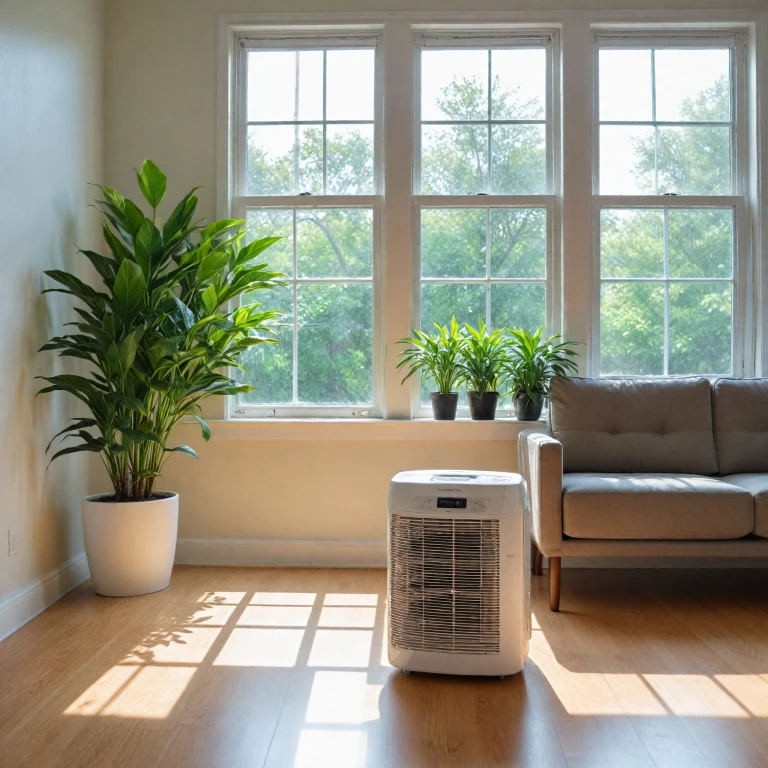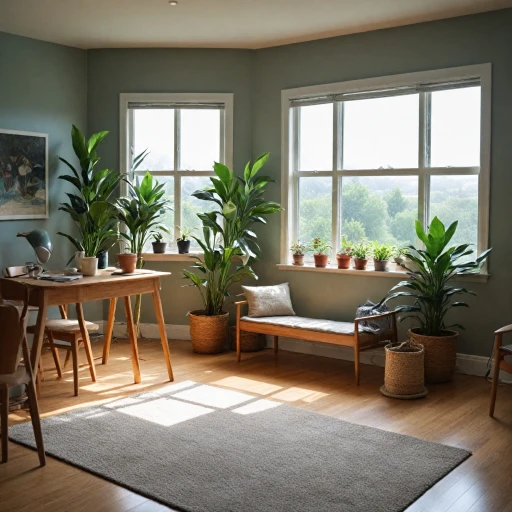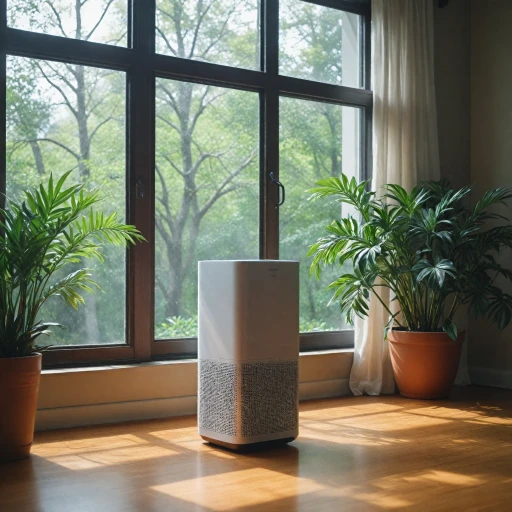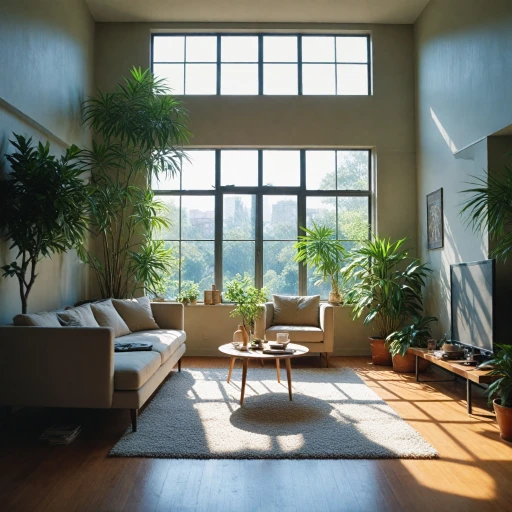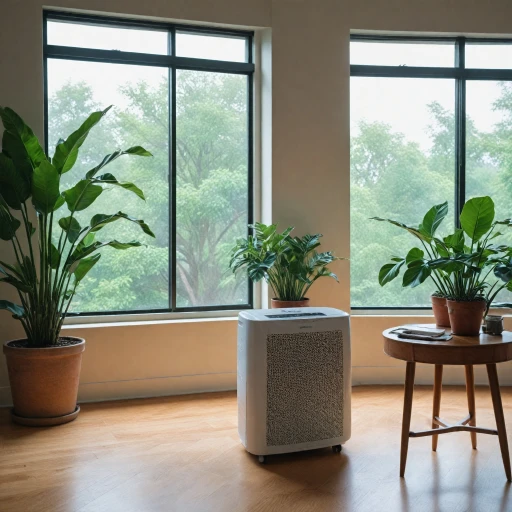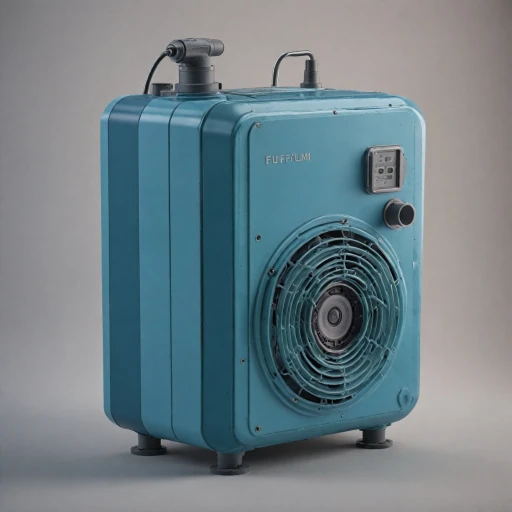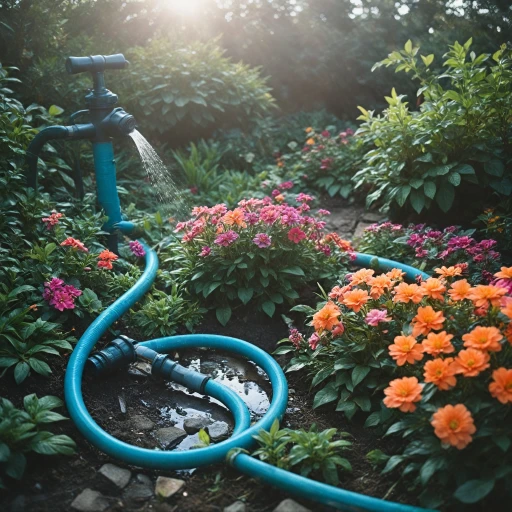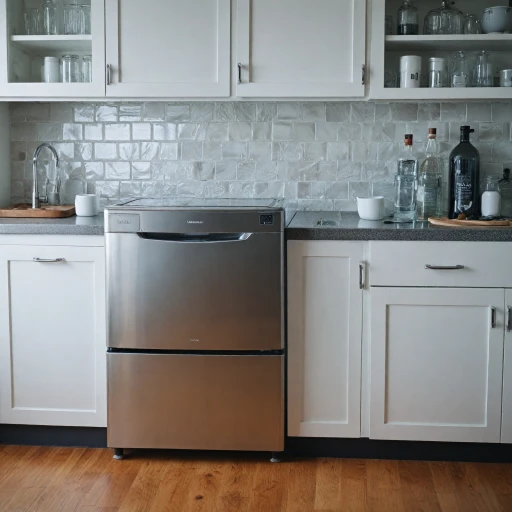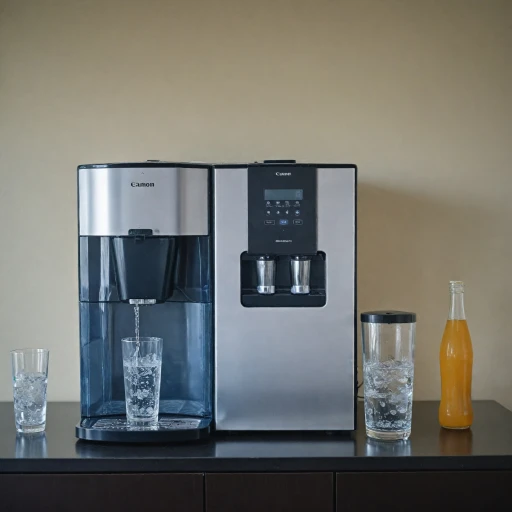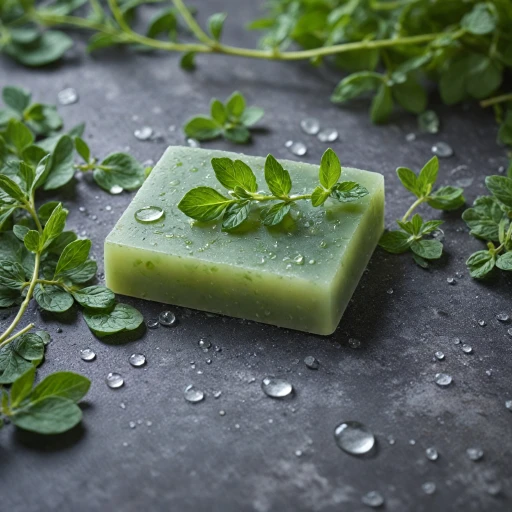Understanding the Basics of Air Conditioners and Purifiers
Exploring the Essentials of Air Systems
In any quest to improve indoor air quality, understanding the basics of air conditioners and purifiers is a crucial first step. These systems, often misunderstood, work in tandem to create a healthier environment.
Air conditioners—device staples in many households—are primarily known for their cooling capabilities. They regulate the temperature by removing heat and moisture, providing comfort in sweltering climates. However, their role goes beyond just cooling; by managing humidity levels, they indirectly combat mold growth and proliferate a more comfortable breathing space.
In contrast, air purifiers focus solely on enhancing air quality. These devices utilize filters to trap airborne particles, such as pet dander, dust, and pollutants. The most effective type, the HEPA filter, can capture up to 99.97% of tiny particles, making it an essential component of any air purification system.
For rooms with limited ventilation, like large rooms or spaces in urban settings, both products serve a vital role. Portable air purifiers offer flexibility, allowing individuals to move them between different areas as needed. Brands like Daikin emphasize innovation in these products, ensuring efficiency and quality without burning a hole in your pocket.
Both systems, whether as standalone devices or as part of a comprehensive HVAC system, work best when their features cater specifically to your needs. Consider aspects such as room size, specific pollutants, and any additional features like energy efficiency to make an informed decision.
As we delve deeper into understanding these devices, further sections will explore key features to look for and the benefits of combining air conditioners with purifiers, along with tips on maintenance for prolonged effectiveness.
Key Features to Look for in Air Purifiers
Key Characteristics of Effective Air Purifiers
Air purifiers have become an essential product for improving indoor air quality. However, with numerous models available, selecting the right one can be challenging. To ensure you make an informed decision, here are some critical features to consider:- Efficiency and Type of Filter: A crucial element of any air purifier is its filter system. High-efficiency particulate air (HEPA) filters are renowned for their ability to trap tiny particles, including pet dander, dust, and allergens. Look for purifiers equipped with HEPA filters, as they can significantly enhance air quality, particularly in large rooms.
- CADR Ratings: The Clean Air Delivery Rate (CADR) is an essential metric indicating the volume of air a purifier can cleanse of specific contaminants per hour. The higher the CADR, the more efficient the air purifier will be in a given room size.
- Size and Portability: The size of the air purifier should correspond with the size of the room it will be used in. Portable air purifiers are suitable for smaller spaces or those needing mobility, while larger systems can effectively purify the air in more expansive areas like a house.
- Noise Levels: Many users are concerned about the noise level of air purifiers. Products that operate quietly are often preferred, especially when used in bedrooms or workspaces. Check for decibel levels in the product specifications to find a quieter model.
- Smart Features: Some air purifiers offer additional benefits like smart capabilities, enabling users to control the device remotely via smartphone apps. Brands such as Daikin provide advanced models with IoT integrations that can enhance user experience.
- Price and Cost of Replacement Filters: When considering the price of an air purifier, factor in the cost of replacement filters. While initial product prices may seem reasonable, ongoing maintenance costs can add up.
Benefits of Combining Air Conditioners with Air Purifiers
Advantages of Integrating Air Conditioners and Purifiers
For many households, balancing indoor climate control with maintaining good air quality can be challenging. By integrating air conditioners and purifiers, you're not just improving cooling efficiency but also enhancing the indoor air environment.- Comprehensive Air Quality Control: Air conditioners can regulate room temperature, while purifiers focus on filtering out pollutants such as pet dander and other harmful particles. Together, these systems create an environment where both temperature and air quality are optimized.
- Increased Efficiency: Modern air conditioning units, including those from brands like Daikin, often come with built-in air purification capabilities. This dual functionality helps in removing contaminants from your house air while cooling it simultaneously.
- Customized for Different Room Sizes: Whether you have a large room or a smaller space, combining portable air purifiers with your existing HVAC system or air conditioning units ensures effective purification tailored to your specific needs.
- Enhanced Comfort: The right combination of air conditioning and purifiers can significantly improve overall comfort levels in your indoor space, creating a more pleasant living environment.
- Energy Efficiency: By utilizing high-quality products equipped with HEPA filters, you ensure that energy consumption remains within desired limits, which is beneficial for both the environment and your wallet.
Common Challenges and Solutions in Air Purification
Addressing Common Issues with Air Purifiers
Using air purifiers alongside air conditioners can significantly improve indoor air quality, but it's not without its challenges. This section explores common issues encountered in air purification and offers practical solutions. Inefficient Filter PerformanceThe efficiency of a purifier largely relies on its filter system. The HEPA filter is lauded for its ability to trap small particles such as pet dander and mites. However, over time, filters may become clogged, reducing efficacy. Regular filter replacement as recommended by the manufacturer is crucial. Brands like Daikin offer reliable filter options known for maintaining high air quality standards. Limited Coverage and Poor Placement
It's important to match the purifier’s capacity to the room size. Large spaces may require multiple units or more powerful purifiers. Portable air purifiers can be moved around to target different areas, but be mindful of placement to avoid airflow obstructions. Coping with Noise Levels
Some air purifiers can be loud, which may be distracting, especially in quiet environments. White noise emitted by certain units might mask disturbing sounds, but always check the product specifications for noise levels. Cost Considerations
Air purification systems vary greatly in price, influenced by features, technology, and brand reputation. While Daikin purifiers are seen as a premium choice, exploring products on platforms like Amazon can offer budget-friendly alternatives. Evaluate the balance between quality, price, and your specific needs. By understanding these challenges and considering the key features outlined previously, users can select and optimally operate air purification systems that best suit their living environment. This proactive approach ensures cleaner, healthier indoor air.
Environmental Impact of Air Conditioners and Purifiers
Evaluating the Environmental Footprint of Air Systems
Combining air conditioners and purifiers can enhance indoor air quality, providing comfort and cleanliness. However, these systems may have significant environmental impacts, including energy consumption and waste generation. Understanding and mitigating these effects is crucial for eco-friendly air purification solutions.
Energy Consumption and Efficiency
Air conditioners and purifiers often consume a substantial amount of electricity, contributing to carbon footprints. Opting for energy-efficient products, such as Daikin's range of air conditioners and purifiers, can help reduce this impact. Additionally, investing in systems with energy-saving technology, like inverter-driven compressors in HVAC systems, ensures better efficiency and lower electricity bills.
Material Waste and Recycling
The production and disposal of purifiers and conditioners generate waste, particularly filters. Choosing systems with washable or reusable filters can minimize waste. Properly recycling or disposing of used filters is essential to uphold environmental standards.
Impact of Chemicals and Refrigerants
Certain cooling agents used in conditioners may contribute to global warming. Opt for conditioners using eco-friendly refrigerants with a lower global warming potential (GWP). Regular maintenance and timely refilling of refrigerants can curb emissions.
System Longevity and Maintenance
Maintaining air systems in good condition ensures they operate efficiently, minimizing unnecessary energy use and prolonging their lifespan. This reduces frequent replacements, lessening environmental impact. Regular cleaning and speciality maintenance, which can be found in the tips for upkeep, ensure systems remain effective without excessive strain on resources.
While air purification processes contribute to better air quality, considering the environmental side effects and adopting more sustainable practices can harmonize comfort with conservation.
Tips for Maintaining Your Air Conditioner and Purifier
Routine Upkeep for Long-lasting Performance
Ensuring your air conditioner and purifier deliver optimal performance involves regular maintenance. Proper care not only prolongs the product's lifespan but also maintains indoor air quality. Here are some tips to keep your HVAC system and portable air purifiers in peak condition.
Filter Replacements
- Regularly check and replace filters. It’s essential to ensure both HEPA filters and standard air filters are clean. Clogged filters can lead to reduced efficiency and increased wear and tear.
- Follow the manufacturer's guidelines on filter replacement frequency. Brands like Daikin often provide specific instructions for their products.
- For air conditioners, clean or replace filters more frequently during heavy use seasons to keep cooling systems operating efficiently.
Cleaning and Maintenance
- Regularly clean components such as the air intake, vents, and fan blades. Dust and allergens, including pet dander, can accumulate and hinder performance.
- For portable units, make sure the air cleaner and surrounding areas remain dust-free.
Inspecting and Servicing the System
- Schedule periodic professional inspections of your HVAC system. Regular servicing ensures early detection of potential issues.
- If you notice a decline in indoor air quality, like an increase in allergens or odors, it may serve as a sign for maintenance.
- Use certified technicians, potentially through resources like contact Daikin, for specialized care.
Cost-Effective Practices
- Ensure your air conditioner is set to optimal temperature settings to avoid excessive energy consumption.
- Compare prices for filters and parts on platforms like Amazon to get the best deals without compromising quality.
Maintaining your air conditioning and purification systems can improve both their effectiveness and lifespan, ultimately ensuring a comfortable and healthy living environment.
